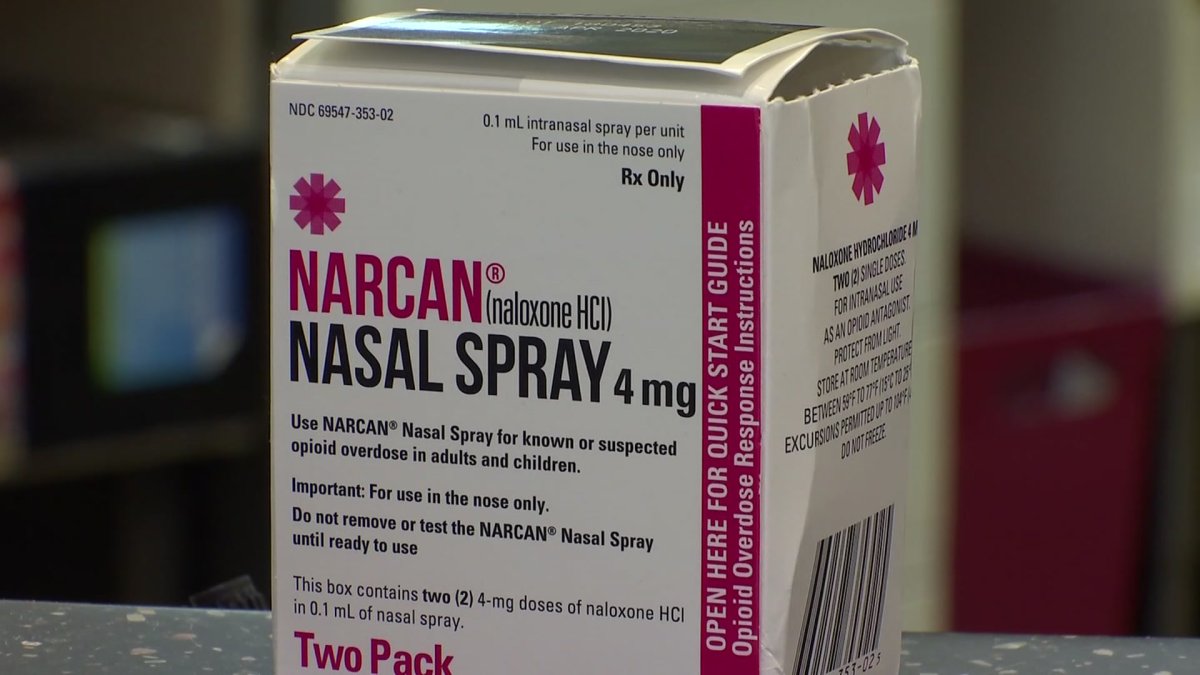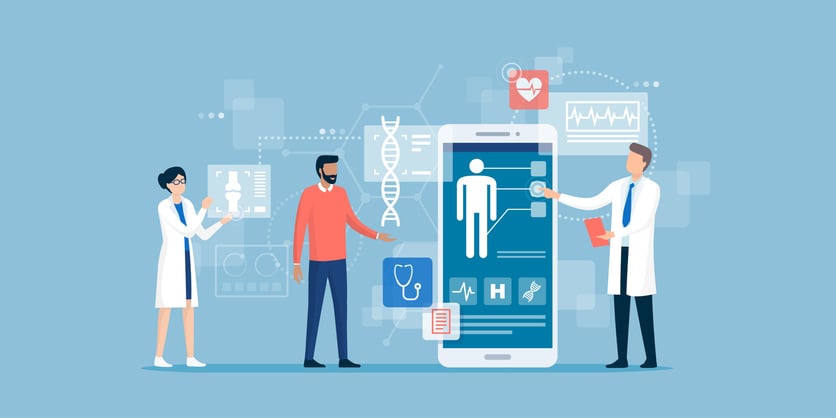Tiny Threats: How Nanoplastics Are Silently Reshaping Human Health
Health
2025-03-11 13:05:00Content

In the microscopic world of environmental pollution, microplastics and nanoplastics represent a silent yet potentially dangerous threat to human health. These tiny plastic particles, so small they're virtually invisible to the naked eye, are emerging as a critical concern for researchers and health experts worldwide.
Imagine particles smaller than a grain of sand, capable of infiltrating our bodies through the air we breathe, the water we drink, and the food we consume. Microplastics and nanoplastics are precisely these minuscule fragments of plastic that can originate from everything from clothing fibers to broken-down plastic waste.
Scientists are increasingly worried about the potential long-term health implications of these microscopic invaders. Their incredibly small size allows them to penetrate human cells, potentially carrying harmful chemicals and disrupting biological processes. From potential cellular damage to unknown systemic effects, the research community is racing to understand the full scope of their impact.
As our world becomes more aware of plastic pollution, these tiny particles represent a complex and challenging environmental health issue that demands immediate attention and further investigation. The journey to comprehending their true risk is just beginning, but the early signs suggest we cannot afford to ignore their presence.
Invisible Invaders: The Silent Threat of Microscopic Plastic Pollution to Human Health
In the intricate landscape of environmental challenges, a microscopic menace lurks beneath the surface of our everyday existence. These tiny plastic particles, so small they escape the naked eye, are gradually infiltrating every aspect of our ecosystem, raising critical questions about their potential long-term impact on human health and biological systems.Unraveling the Hidden Dangers Threatening Our Biological Integrity
The Microscopic Invasion: Understanding Microplastics and Nanoplastics
Microplastics and nanoplastics represent an emerging environmental phenomenon that has captured the attention of scientific researchers worldwide. These minuscule fragments, typically measuring less than 5 millimeters in diameter, originate from various sources including industrial processes, consumer products, and the gradual degradation of larger plastic materials. Their incredibly diminutive size enables them to penetrate biological barriers with unprecedented ease, potentially introducing unprecedented risks to human physiological systems. The complexity of these microscopic invaders lies not just in their size, but in their remarkable ability to traverse complex biological landscapes. Unlike traditional pollutants, microplastics can accumulate in human tissues, potentially triggering inflammatory responses and disrupting cellular mechanisms. Researchers are increasingly concerned about their capacity to transport harmful chemical compounds, acting as potential vectors for toxins and pathogens.Biological Pathways and Potential Health Implications
Scientific investigations have revealed multiple entry points for these microscopic plastic particles into human biological systems. Respiratory pathways, digestive tracts, and even dermal absorption represent potential routes of contamination. The human body's intricate defense mechanisms may struggle to identify and eliminate these foreign particles, leading to potential long-term accumulation and subsequent health complications. Emerging research suggests that microplastics could potentially interact with cellular structures, potentially interfering with genetic expression and metabolic processes. The implications are profound and far-reaching, challenging our understanding of environmental interactions with human physiology. Preliminary studies indicate potential links between prolonged microplastic exposure and inflammatory conditions, metabolic disorders, and potential genetic mutations.Environmental Contamination and Systemic Risks
The pervasive nature of microplastics extends far beyond individual human health concerns. These particles have been discovered in diverse ecosystems, from the deepest ocean trenches to remote mountain glaciers. Their ubiquitous presence suggests a systemic environmental challenge that transcends geographical boundaries and ecological domains. Marine environments appear particularly vulnerable, with microscopic plastic particles infiltrating complex food chains. Marine organisms inadvertently consume these particles, which then bioaccumulate through successive trophic levels. This phenomenon raises critical questions about the potential long-term ecological consequences and the intricate interconnectedness of global environmental systems.Technological and Scientific Responses
Cutting-edge research initiatives are developing sophisticated detection and mitigation strategies to address the microplastic challenge. Advanced spectroscopic techniques, machine learning algorithms, and nanotechnology are being leveraged to comprehensively understand and potentially neutralize these microscopic threats. Interdisciplinary collaborations between environmental scientists, medical researchers, and technological innovators are crucial in developing holistic approaches to mitigate microplastic contamination. These collaborative efforts aim to not only understand the immediate risks but also develop preventative strategies that can protect human and ecological health.Global Policy and Regulatory Frameworks
International regulatory bodies are increasingly recognizing the critical importance of addressing microplastic pollution. Comprehensive policy frameworks are being developed to regulate plastic production, implement sustainable waste management practices, and promote innovative alternatives to traditional plastic materials. The global scientific community advocates for a multifaceted approach that combines stringent regulations, technological innovation, and widespread public awareness. By fostering a comprehensive understanding of microplastic risks, societies can develop more proactive and effective environmental protection strategies.RELATED NEWS
Health

Financial Freefall: Vermont Hospitals Bleed Millions as Budget Crisis Deepens
2025-03-12 22:18:10







